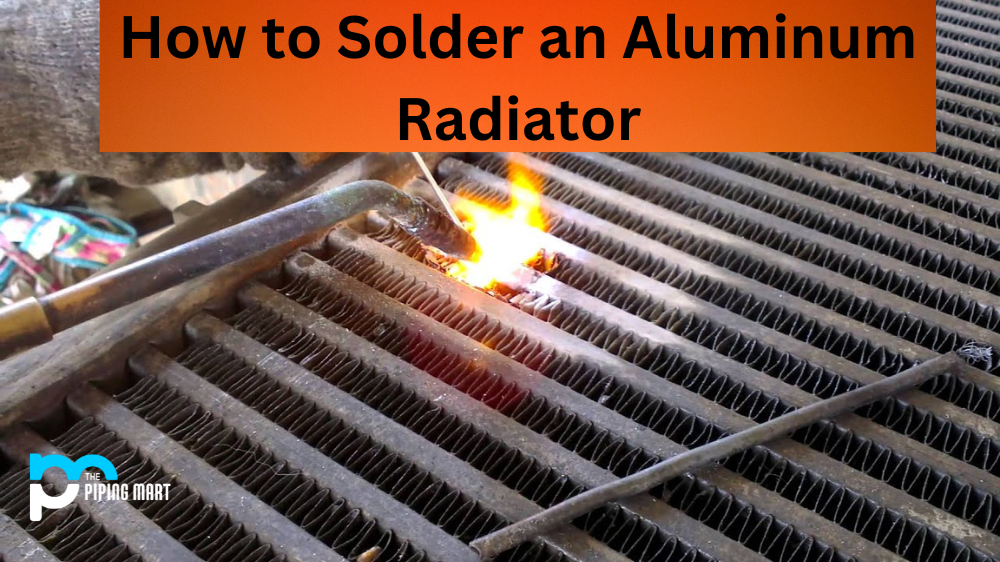If you’re looking for a reliable heat exchanger, aluminum radiators are a great choice. Aluminum radiators are lightweight, durable, and highly efficient at transferring heat away from your engine. However, if you’re looking to install one of these radiators, you may be wondering how to solder aluminum radiator connections. In this blog post, we’ll walk through the process step by step so that you can get your radiator installed correctly and safely.
Preparing Your Workspace and Tools
Before you begin soldering your aluminum radiator connections, it’s important to make sure that your workspace is clean and organized. Make sure that all your tools are in good condition and organized so that nothing gets lost or misplaced during the process. When handling any kind of flammable material like solder or flux, it’s also important to make sure there is adequate ventilation in the room so as not to create any potential fire hazards.
Soldering the Connections
Once everything is in order, it’s time to start soldering! Begin by cleaning the areas where the connections will be made using sandpaper or a wire brush. Once cleaned thoroughly, apply some flux paste onto both pieces of metal before joining them together with clamps or vise grips. This will help ensure a strong bond between the two pieces of metal when they are heated up for soldering.
Next, use a soldering gun or torch to heat up the connection until it is hot enough for the solder to melt and join the two pieces together. Be careful not to overheat things, as this can cause damage or weaken the bond between them. Once heated properly, add some new solder into the joint and let it cool before testing it out with pressure from pliers or another tool if necessary.
Finally, once everything has cooled down completely, repeat steps 1-3 on all other joints until they have all been sealed properly with no leaks present. Then test each connection individually using water pressure or pressure from another tool such as pliers to make sure there are no leaks present before installing your new aluminum radiator into place!
Conclusion:
Soldering an aluminum radiator is not difficult but requires skill and patience due to its delicate nature when heated up for soldering purposes. With preparation and care, though, anyone can successfully solder their own aluminum radiator without having any problems along the way! So don’t be intimidated by this task – just take your time and follow these steps carefully for the best results! Good luck!

A passionate metal industry expert and blogger. With over 5 years of experience in the field, Palak brings a wealth of knowledge and insight to her writing. Whether discussing the latest trends in the metal industry or sharing tips, she is dedicated to helping others succeed in the metal industry.




